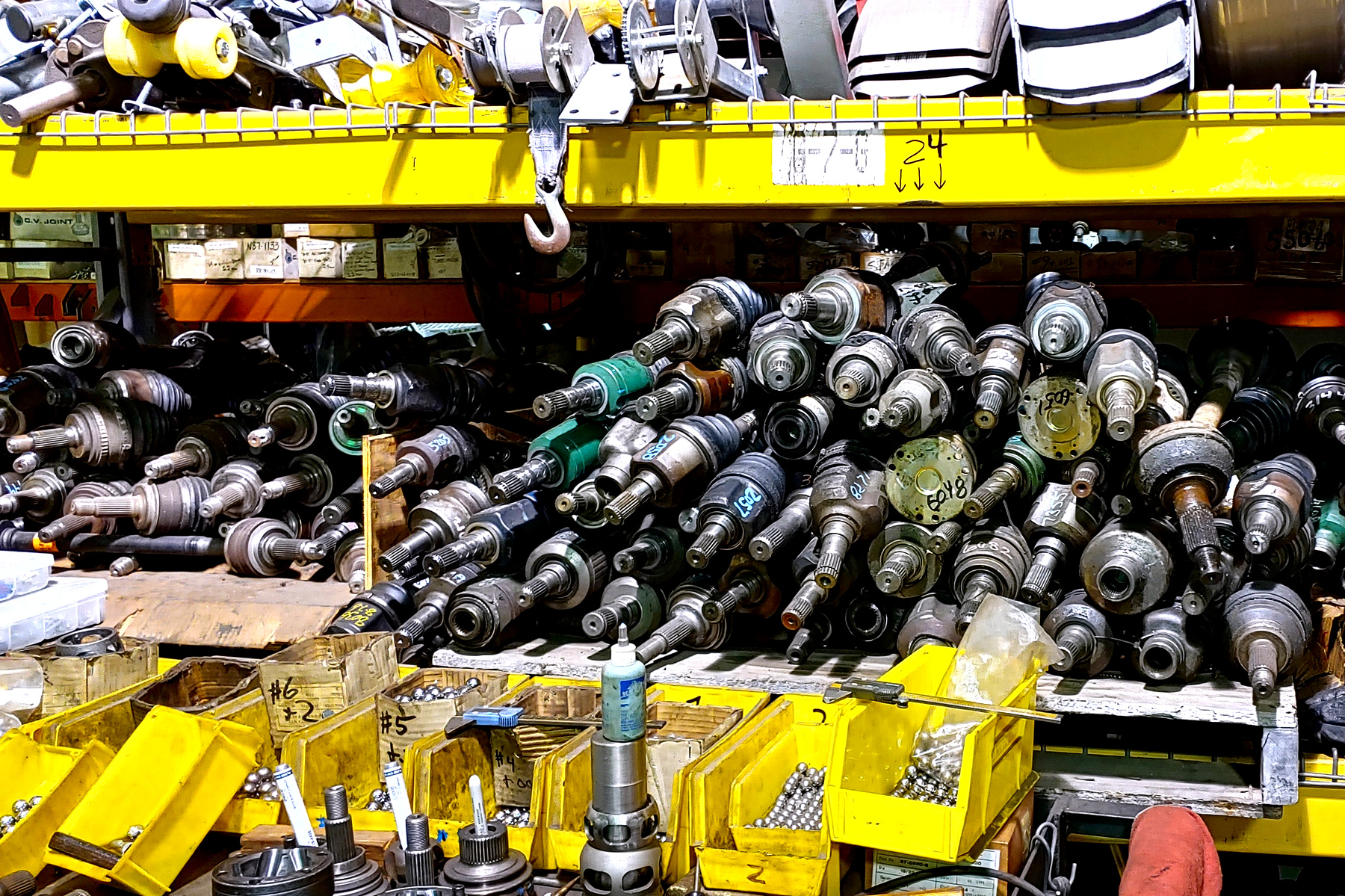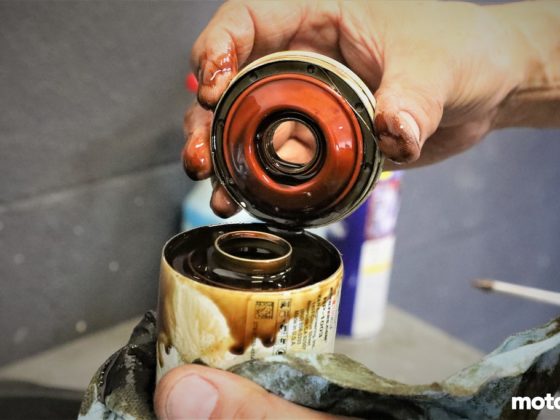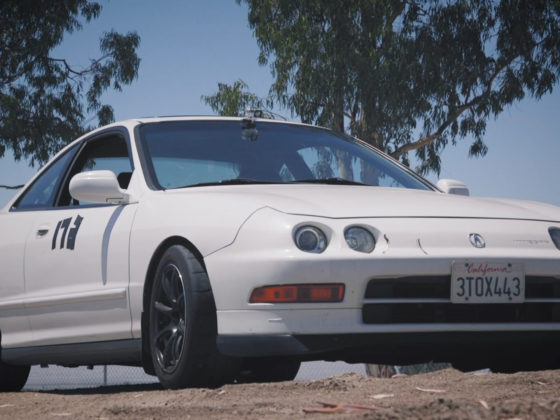
Now, you have to remove the bridge to get pads in or out. This requires using an Allen key. But how much easier is removing a few small bolts with an Allen key in comparison to having to take the top of a caliper off to yank pads? This is heaven!
You can also make out the bleeder at the top of the caliper. Yes, it is theoretically possible to install the calipers upside-down. If the bleeder is on the bottom, you done did it wrong. There is a bleeder on each side of the caliper, and you will need to bleed both sides of the caliper at every corner.

That was it for the front brakes! Now, time for the rear brakes. Things are mostly the same back there.

The ABS sensor is reinstalled into the hub and the caliper bracket is attached, too.

But don’t be fooled. It’s mostly because of the integrated brake shoe that Toyota used for the emergency brake. The StopTech rotor, while not a great deal larger in diameter, is still going to be a huge upgrade in terms of heat capacity and overall brake torque.





10 comments
I would add one thing about bumpsteer. I learned a lot about bumpsteer on a wet AutoX track (the hard way), that I had no idea was happening in the dry. (The bumpsteer came from swapping Upper Control Arms on a EG6 Civic from Driver/Passenger sides in an effort to increase Caster, which is a horrible idea, and totally creates massive bumpsteer.)
If you can drive under wet conditions in a wide open parking lot with cones (ideally, not during an AutoX), I would highly recommend that you do it. Because, dry tracks can mask a lot of ‘issues’ that only reveal themselves under non-ideal, slippery driving conditions. Anyway, it’s better to learn about the effects your suspension/handling adjustments in a controlled environment, rather than during a race.
Don’t be like me, and don’t learn the hard way. Just sayin’.
Overboard is the only way to properly do things. Approve.
Yes, they are good lug nuts but they are milled not forged, not a big difference in 304 stainless though. Even at 10$ the margins are pretty small, cost of production is something like 4.50 so once you get through tax and shipping the profits are like 1.25$ for the producer and 2.50$ for the dealer. Really good lug nuts though, and way more concentric than forged and capped standard lug nuts, puts less stress on the rim.
Stainless lugs nuts? Strange concept to me considering stainless is known for how easily it galls. Certainly not something I would think to put on a race car where the wheels and tires will be on and off frequently. Also, because race car wheels and tires are on and off so frequently corrosion is really a non-issue. I’ve always just gone for cheaper open ended hardened steel racing lugs.
The MSI lug nuts have been in service on my Subaru BRZ since 2015. I have been using with Dorman wheel studs and have yet to run into any issues with them or my wheel studs. My BRZ has seen about 300 ish wheel changes in those 4 years due to it is an autocross car and I swap wheels at or before events and after.
With that said i use a Beta Tools hardened impact socket and a Milwaukee Tool impact for every change. These lug nuts take a beating and look no worse for their time in service.
I used to buy muteki SR48 lug nuts but I also had to replace the every year due to galling and they couldn’t handle the impact socket. This is part of reason why why the MSI lug nuts are hands down the best bang for the buck motorsports lug nut on the market.
Stainless only galls on stainless, even then, only some grades of stainless. Stainless lug nuts on Steel studs with aluminium rims wont gall.
So this answers my question on control arm bushings in your last article.
“forged” lug nuts are useless because they still have to cut the threads. A product that’s obviously not thought through and offer no advantage for more money!
@Simon how does cutting the threads invalidate the forging?
Simon, you cannot roll threads in the ID of something so cutting is acceptable. You may not have compressed stress and grain refinement in the thread roots but you will still have good grain structure in the nut body so its not “useless”.